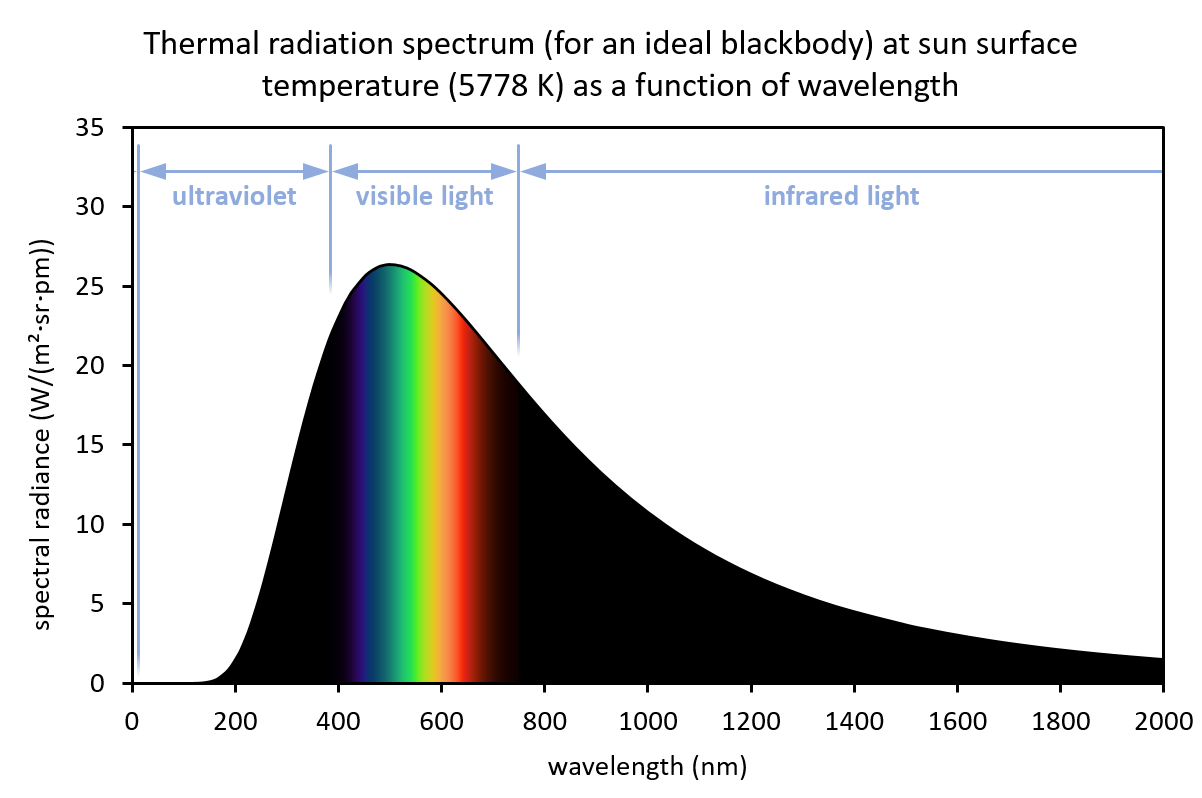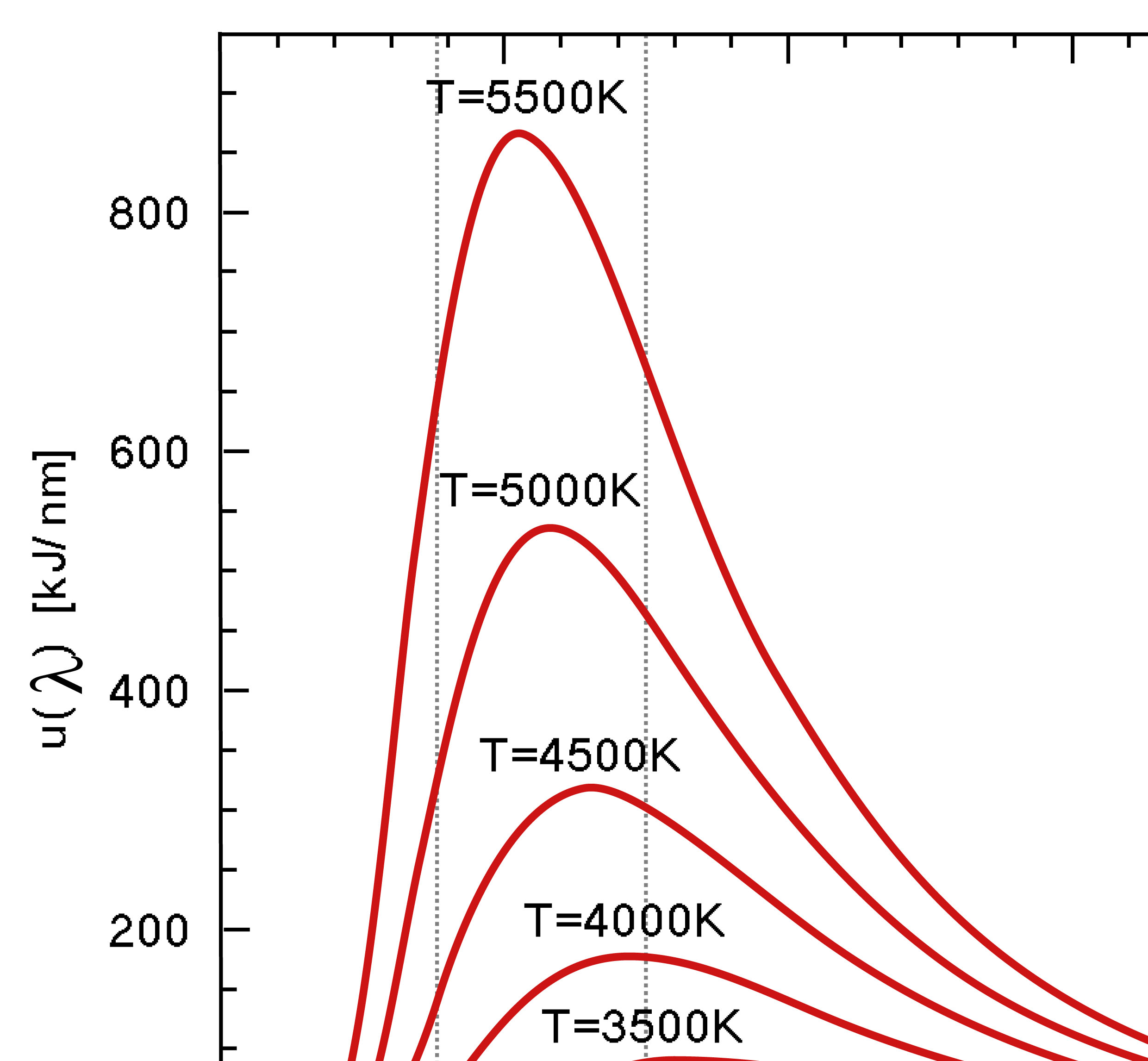Contents

Source: West Texas A&M University
Understanding Thermal Radiation
Introduction to Thermal Radiation
Thermal radiation is a form of electromagnetic radiation emitted by any object with a temperature above absolute zero. This radiation results from the conversion of thermal energy into electromagnetic energy. At absolute zero, thermal radiation would cease to exist, but this state is theoretically unattainable.
The Mechanism of Thermal Radiation
Thermal radiation plays a crucial role in heat exchange between objects. While objects emit this radiation, they can also absorb it, leading to an increase in temperature. This phenomenon is observable in everyday life, such as the heat felt from sunlight or the glow of a light bulb.
Incandescence and Infrared Radiation
When an object’s temperature is high enough, it emits visible light, a process known as incandescence. Even if the temperature is not sufficient for visible light, strong infrared radiation can still be emitted and felt as heat.
Thermal Radiation in Different Modes
Single Mode Thermal Radiation
Consider a scenario where thermal radiation occurs in a single mode, such as within a single-mode optical fiber. This is simpler to analyze than free space radiation, which involves multiple modes. In this setup, thermal radiation travels in both directions within the fiber.
The energy of the radiation in the fiber is determined by the Bose-Einstein statistics, which relate to the mode frequency and temperature. At high optical frequencies, the energy in the mode is much lower than the photon energy, while at lower frequencies, it is higher.
Thermal Radiation in Free Space
In free space, thermal radiation involves a large number of modes, with mode density depending on optical frequency. This complexity leads to Planck’s law, which describes the spectral radiance of a blackbody. This law was pivotal in understanding quantum mechanics and resolving issues with classical physics predictions.
Planck’s law can be integrated over frequencies to derive the Stefan-Boltzmann law, which states that the total emitted power per unit area of a blackbody is proportional to the fourth power of its temperature.
Coherence and Practical Applications
Coherence of Thermal Light
Thermal radiation is typically broadband, resulting in low temporal coherence. Spatial coherence is also limited due to the incoherent nature of emission from large areas. However, using small emitters can enhance spatial coherence.
Applications of Thermal Radiation
Thermal radiation has significant practical applications in technology and engineering. Incandescent lamps and thermal infrared emitters are examples of devices utilizing thermal radiation. Additionally, thermal insulation and infrared temperature measurements rely on understanding and managing thermal radiation.
Conclusion
Thermal radiation is a fundamental aspect of physics and technology, influencing various fields from lighting to thermal management. Understanding its principles allows for innovative applications and improved efficiency in numerous technological areas.

Source: Physics LibreTexts
Feel free to comment your thoughts.



